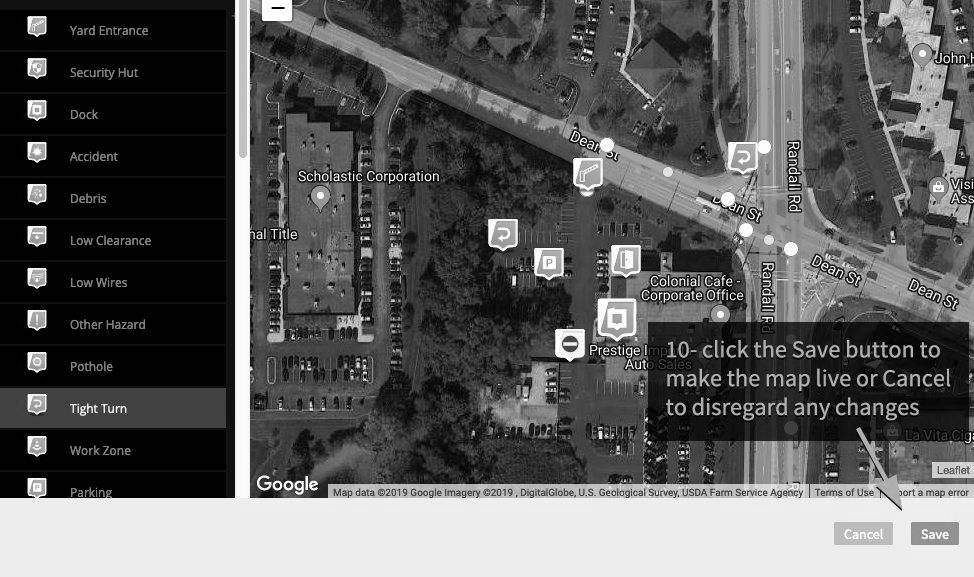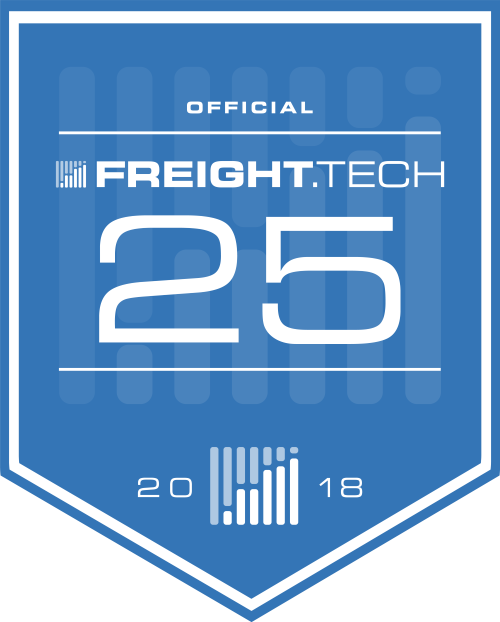Trucking And Logistics Need a New Way To Specify Location – Part 2
This article is the second in a series in which I review the costs and consequences of using street addresses in trucking and transportation and look at several alternative systems for referring to a location.
The first article, “Using Street Addresses Cost Trucking and Logistics Millions per Year“, highlighted some of the high level issues the industry experiences when specifying the location for a drop-off or pick-up. Ultimately, the goal of this series is to identify a location system which meets the following requirements:
- Uniquely identify a location
- Easy to repeat over the phone
- Easy to understand and type
- Easy to add to existing systems
- Can move with a location (because construction, growth, etc)
In this article, I’ll use the most common means of specifying location: good ol’ street addresses.
So we are all on the same page, let’s start with a formal definition: an address is “collection of information, presented in a mostly fixed format, used to give the location of a building, apartment, or other structure or a plot of land”.
Though there is a formal definition, the concept of “address” is so familiar to us most people don’t give it a second thought. We learn about referring to a place by its address early in life and we use them many times a day.
If I wanted to visit you at your office and I asked how to get there, you’d give me your address. Street addresses are our default way of specifying a location.
If I tell you our address is “333 N Randall Rd, St Charles, IL 60174”, your mind can readily process it and understand it as a reference to a particular place on earth.
The idea that we can use some words to specify a location on the surface of the earth is learned so early in our lives that some people would call it “natural”. Even though we may think of street addresses as natural, they were actually first developed in Europe in the 1700s. Prior to that, people referred to a location primarily by surrounding physical features, for example, “the third house on the left after the big tree after you cross the creek.” Changing times (and emerging bureaucracies) led to the need for a consistent, standard way of referring to specific lanes and paths and the sequential numbering of domiciles along them. Thus, the street address was born.
Addresses remain the primary way of referring to location, at least in Europe and North America. The benefits of addresses include:
- Familiarity
We are all used to street addresses - Commonality
Virtually every mapping system uses addresses to find or mark a place
These benefits are significant, to be sure; however, let’s see how addresses stack up against our requirements:
- Uniquely identify a location
No, usually one building has one address. If the building has multiple tenants, there needs to be some other way to further specify the tenant within the facility. Also, there are times where new construction does not have an assigned address. - Easy to repeat over the phone
Mostly yes, but there are many times when there is confusion because of the way a place name or street name is spelled or pronounced. - Easy to understand and type
Mostly, but again street addresses can be difficult to pronounce, understand, and type - Easy to add to existing systems
Not really necessary, as most systems already use street addresses - Can move with a location (because construction, growth, etc)
A big “No”. Street addresses are absolutely tied to a single physical location. If a business changes locations, they need to update all their material and partners with their new information.
Overall grade: C
Just as in the 1700s, perhaps it is time for a new way to refer to location, especially in specific industries like transportation and logistics.
Next up in this series on location systems is a discussion and review of using latitude and longitude to specify location.
Until then, if you have feedback or thoughts, let me know.

